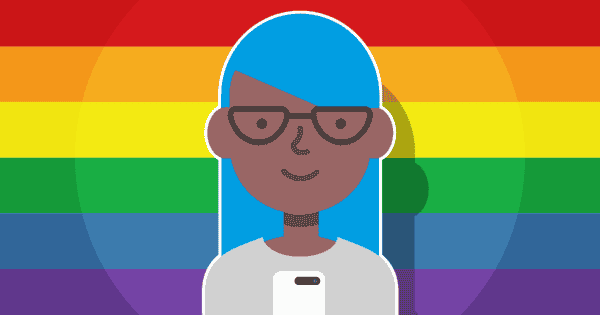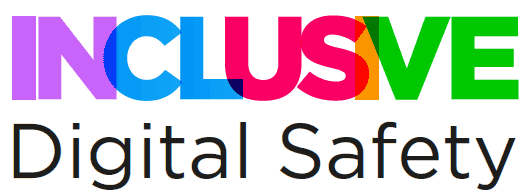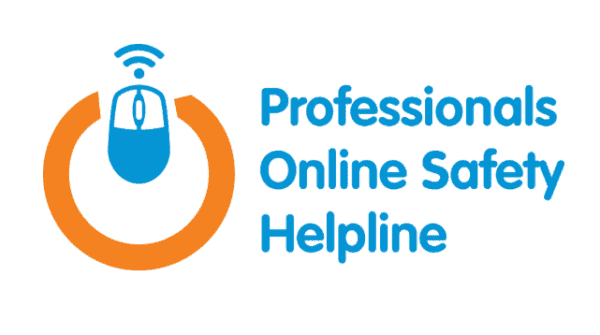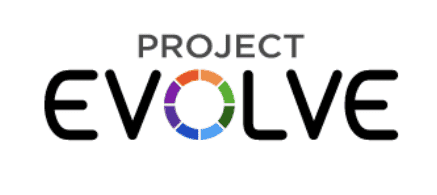LGBTQ+
Advice for professionals working with LGBTQ+ young people (YP) aged 7-18
The LGBTQ+ Index of Harms is broken down into the strands from the Education for a Connected World Framework. Each strand of the framework is summarised into at least one likely harm.








